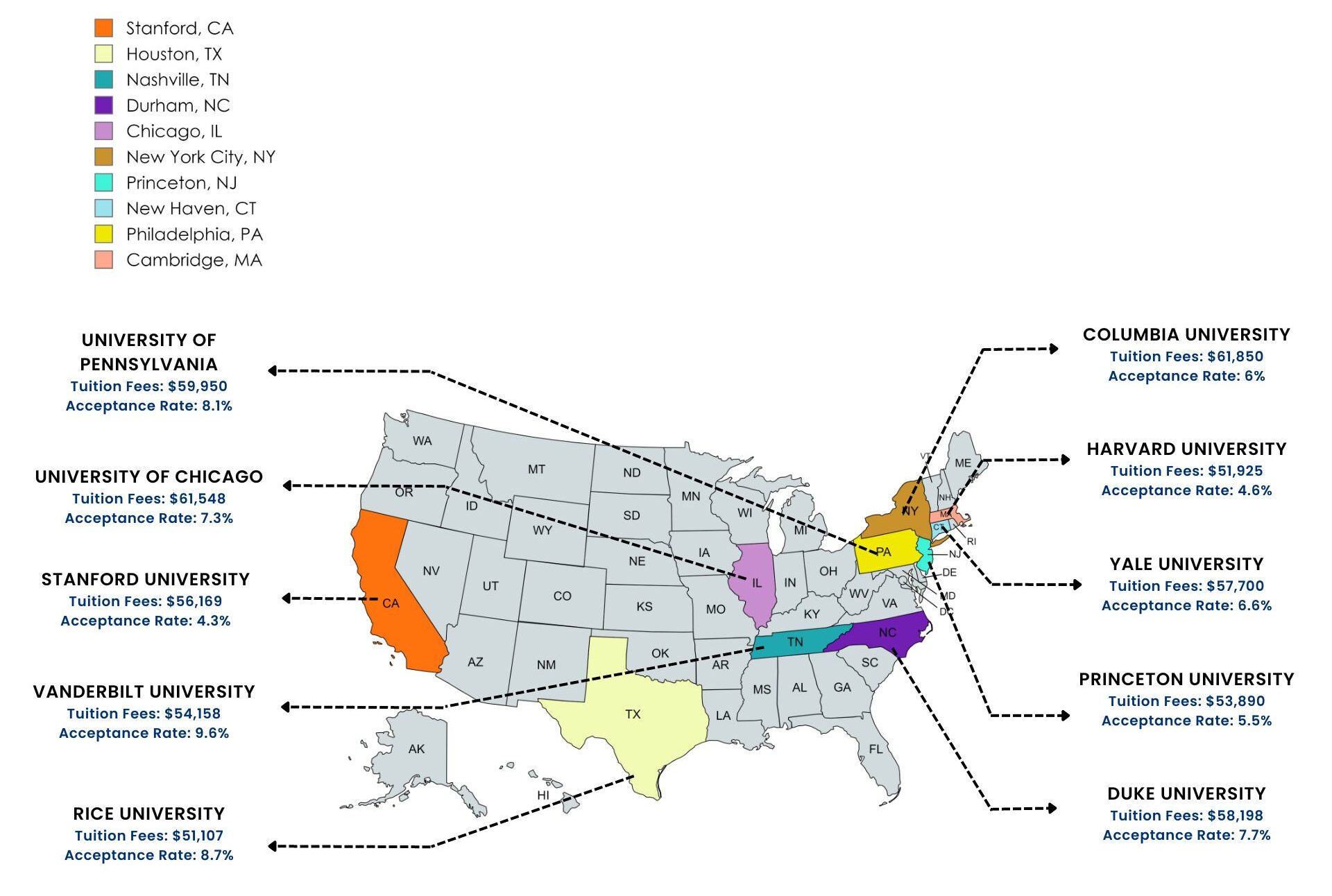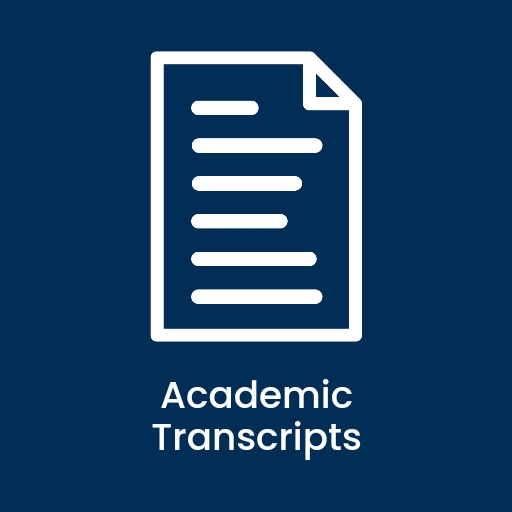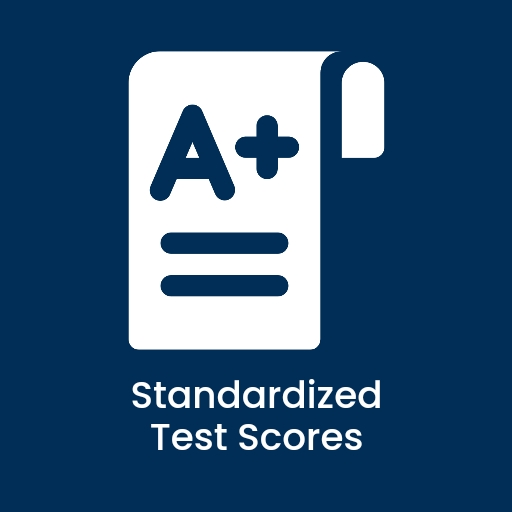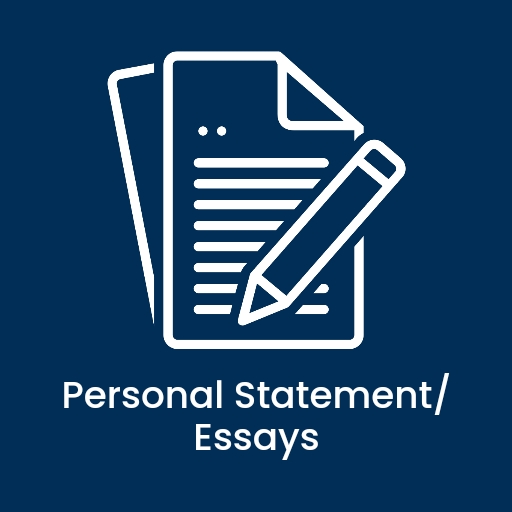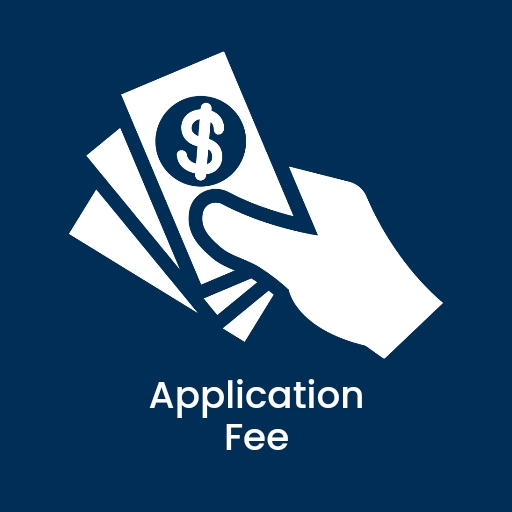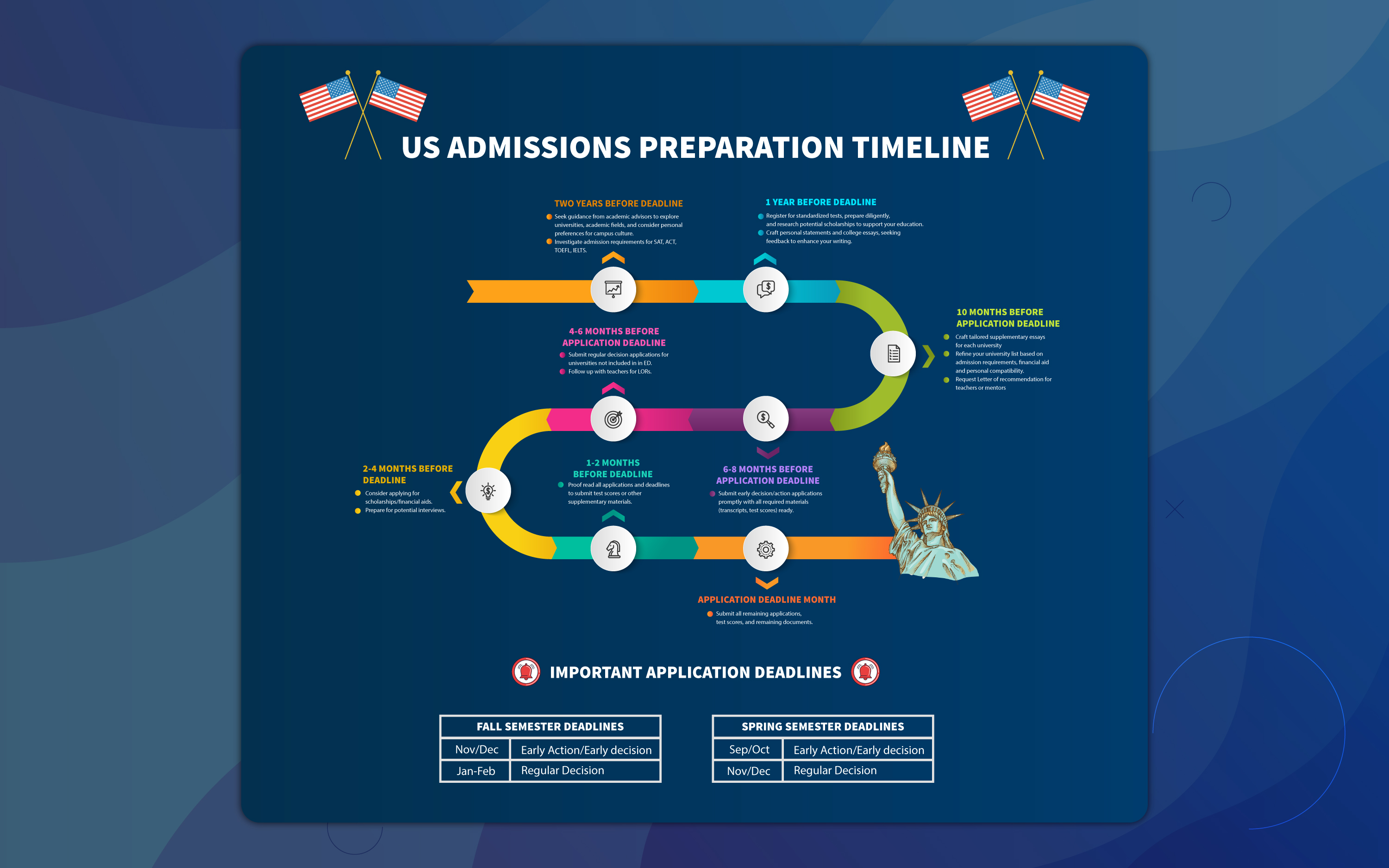How to apply to top US universities
More than a million students from other countries choose to spend a year or more of their education in the United States, making it one of the most popular study abroad locations.
Why apply to US universities?
US universities are known for their academic excellence and diverse range of programs across various fields. They offer a wide array of specializations and cutting-edge research opportunities, allowing students to pursue their academic passions and gain in-depth knowledge in their chosen disciplines.
US universities often offer extensive support services, including career counseling, internships, and networking opportunities, enabling students to enhance their professional development and succeed in their chosen career paths.
US universities foster a vibrant and inclusive campus culture, providing students with a rich and diverse community to engage with. The multicultural environment encourages collaboration, promotes global perspectives, and prepares students for a globalized world.
The United States is home to many renowned universities and research institutions, providing access to state-of-the-art facilities and resources. This fosters an environment of innovation and empowers students to contribute to groundbreaking discoveries and advancements.
Overall, applying to US universities opens doors to a world-class education, a stimulating academic environment, and countless opportunities for personal and professional growth.
Download our Successful College Application Guide
Our Guide is written by counselors from Cambridge University for colleges like MIT and other Ivy League colleges.
To join our college counseling program, call at +918825012255
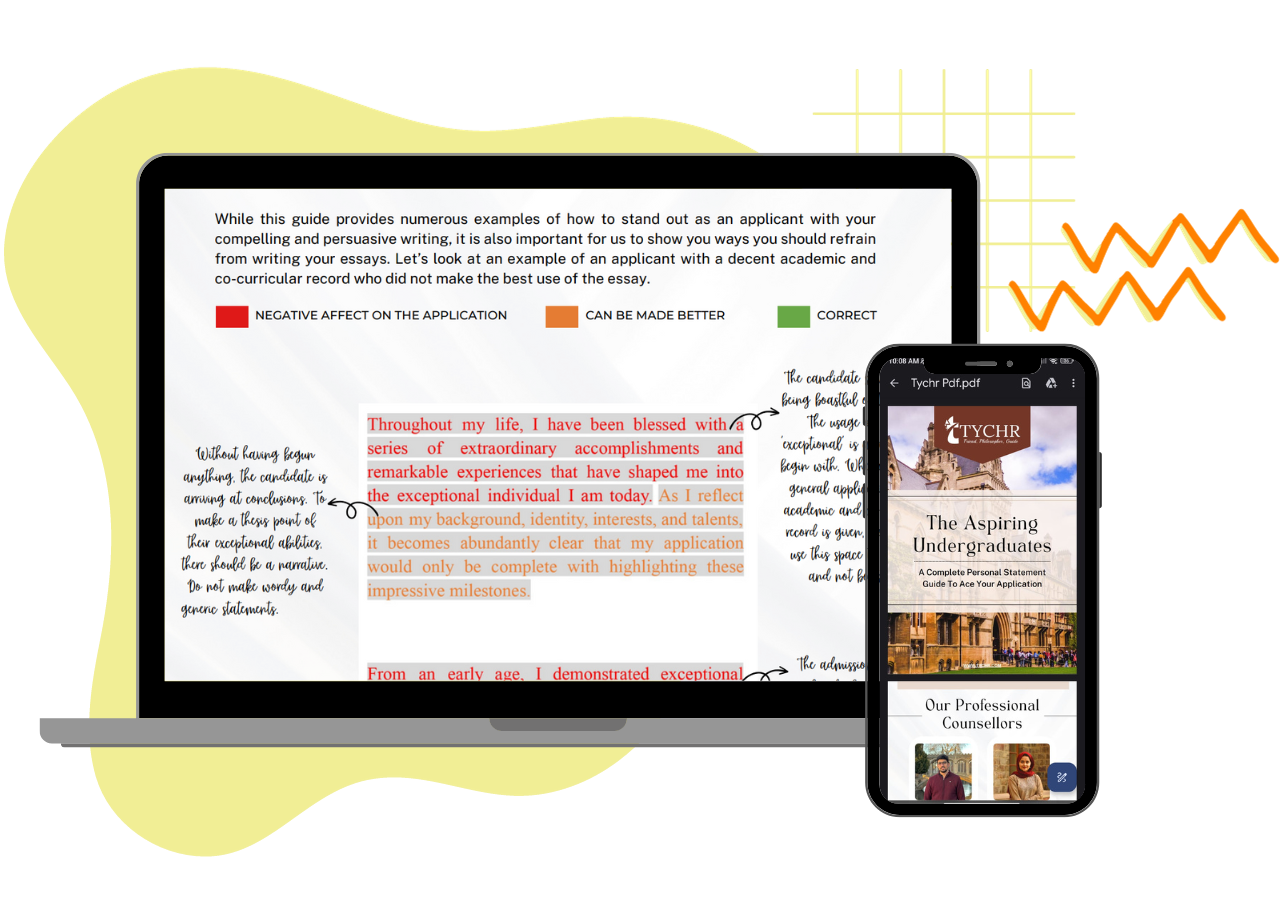
Top 20 US universities
| Rank | University | Tuition Fee | Acceptance Rate | Most Popular Course |
|---|---|---|---|---|
| 1 | Harvard University, Cambridge, MA | $51,925 | 4.6% | Economics |
| 2 | Stanford University, Stanford, CA | $56,169 | 4.3% | Computer Science |
| 3 | Massachusetts Institute of Technology, Cambridge, MA | $53,790 | 6.7% | Computer Science |
| 4 | California Institute of Technology, Pasadena, CA | $56,862 | 6.4% | Engineering |
| 5 | Princeton University, Princeton, NJ | $53,890 | 5.5% | Economics |
| 6 | Yale University, New haven, CT | $57,700 | 6.6% | Political Science |
| 7 | Columbia University, New York City, NY | $61,850 | 6% | Economics |
| 8 | University of Chicago, Chicago, IL | $61,548 | 7.3% | Economics |
| 9 | University of Pennsylvania, Philadelphia, PA | $59,950 | 8.1% | Finance |
| 10 | Johns Hopkins University, Baltimore, MD | $55,350 | 9.2% | Biomedical Engineering |
| 11 | Northwestern University, Evanston, IL | $59,358 | 8.5% | Journalism |
| 12 | Duke University, Durham, NC | $58,198 | 7.7% | Biology |
| 13 | Dartmouth College, Hanover, NH | $60,117 | 7.9% | Government |
| 14 | Brown University, Providence, RI | $60,696 | 6.9% | Computer Science |
| 15 | Vanderbilt University, Nashville, TN | $54,158 | 9.6% | Medicine, Health, and Society |
| 16 | Rice University, Houston, TX | $51,107 | 8.7% | Computer Science |
| 17 | University of California, Berkeley, Berkeley, CA | $14,312 (in-state), $44,066 (out-of-state) | 14.9% | Computer Science |
| 18 | University of California, Los Angeles, Los Angeles, CA | $13,256 (in-state), $42,218 (out-of-state) | 12.4% | Psychology |
| 19 | University of Southern California (USC), Los Angeles, CA | $60,275 | 11.4% | Business Administration |
| 20 | University of Michigan, Ann Arbor, Ann Arbor, MI | $15,948 (in-state), $52,266 (out-of-state) | 20.1% | Business Administration |
What kind of students are US universities looking for?
US universities are looking for a diverse range of students who demonstrate academic excellence, intellectual curiosity, and a passion for learning. While each university may have its own specific criteria, there are some common qualities that US universities often seek. They value students who have achieved high academic performance and have a strong academic background in their chosen field. Beyond academic achievements, they also value students who exhibit a holistic profile, including extracurricular involvement, leadership qualities, community service, and a commitment to making a positive impact in society.
Application requirements
After Analyzing & Implementing well researched methods and having 10+ years of Expertise in the Domain, we have developed our Proven T.E.S.T. Methodology.

Academic Transcripts
Applicants must submit official transcripts from their high school or previous educational institutions. These transcripts provide a record of the courses taken, grades received, and the overall academic performance of the applicant.

Standardized Test Scores
Many US universities require applicants to submit scores from standardized tests such as the SAT or ACT. These tests evaluate a student's readiness for college-level work and provide universities with a standardized measure to compare applicants.

Letters of Recommendation
Applicants are usually required to submit letters of recommendation from teachers, counselors, or other individuals who can speak to their academic abilities, character, and potential. These letters provide insight into the applicant's strengths, accomplishments, and personal qualities.

Personal Statement/Essays
US universities often require applicants to write one or more personal statements or essays. These essays allow students to showcase their writing skills, articulate their goals and aspirations, and provide a deeper understanding of their experiences, motivations, and perspectives. They offer an opportunity for applicants to differentiate themselves and demonstrate their fit for the university.

Extracurricular Activities and Achievements
Applicants are typically asked to provide a list of their extracurricular activities, including involvement in clubs, sports, community service, leadership positions, and any notable achievements. This information helps universities assess the applicant's interests, talents, and commitment outside of the classroom.

Application Fee
Most universities require applicants to pay an application fee, which covers administrative costs associated with processing the application. Fee waivers may be available for students who demonstrate financial need.
Key application stages & deadlines for US universities
The deadlines to apply to US universities can vary depending on the institution and the specific program you’re interested in. However, we can provide you with some general guidelines for both the spring and fall semesters:
Fall Semester Deadlines:
-
Early Decision/Early Action: November 1 to December 1 (some may have October deadlines)
-
Regular Decision: January 1 to February 1
-
Rolling Admissions: Many universities have rolling admissions, which means they review applications as they are received until the class is filled. It's best to apply as early as possible.
Spring Semester Deadlines:
-
NETS: The Rajendra and Neera Singh Program in Networked and Social Systems Engineering
-
Early Decision/Early Action: September 1 to October 1 (some may have August deadlines)
-
Regular Decision: November 1 to December 1
-
Rolling Admissions: As with fall semester, some universities may have rolling admissions for spring applications.
Please note that these are approximate timeframes and can vary significantly between universities. It’s crucial to check the official websites of the universities you’re interested in for their specific deadlines, as they can change from year to year. Additionally, some universities may have separate deadlines for international students, so it’s essential to be aware of those as well.
To help you plan your US university admission timeline, starting from two years before the application deadline, here are some key milestones to consider:
Two years before application deadline:
- Begin researching universities and their programs.
- Explore various academic fields and career paths.
- Start thinking about your personal preferences, such as location, size, campus culture, and extracurricular opportunities.
12-14 months before application deadline:
- Register and prepare for standardized tests, if required.
- Plan visits to universities that interest you, if possible, to get a sense of the campus environment and meet with admissions representatives.
- Research and identify potential scholarship opportunities. .
8-10 months before application deadline:
- Start working on supplemental essays required by individual universities.
- Continue to prepare for standardized tests and retake them if necessary.
- Review and finalize your university list based on factors like admission requirements, financial aid, and personal fit. .
4-6 months before application deadline:
- Regularly check application deadlines and requirements for each university.
- Submit regular decision applications for universities not included in early applications.
- Follow up with teachers and mentors regarding letters of recommendation. .
1-2 months before application deadline:
- Double-check and proofread all application materials.
- Submit any outstanding financial aid or scholarship applications.
- Keep track of important application deadlines, including submission of test scores or other supplementary materials.
18-20 months before application deadline:
- Narrow down your list of potential universities to a manageable number, typically around 10-15.
- Consider factors such as academic reputation, program offerings, financial aid, and admission requirements.
- Begin exploring admission requirements for each university, including standardized tests (SAT, ACT) and English language proficiency tests (TOEFL, IELTS). .
10-12 months before application deadline:
- Create a standardized testing schedule and register for tests accordingly.
- Request letters of recommendation from teachers or mentors.
- Begin drafting your personal statement or college essay and seek feedback from trusted individuals, such as teachers or counselors. .
6-8 months before application deadline:
- Complete and submit applications for early decision or early action, if applicable.
- Continue refining and polishing your personal statement and supplemental essays.
- Ensure you have all the necessary application materials, such as transcripts and test scores. .
2-4 months before application deadline:
- Verify that all required application materials have been submitted and received by the universities.
- Consider applying for financial aid and scholarships, if applicable.
- Prepare for potential interviews, if universities offer them as part of the admission process.
Application deadline month:
- Submit all applications by their respective deadlines.
- Send any remaining test scores or supporting documents, if required.
- Follow up with universities to ensure they have received all your application materials.
Remember that this timeline is a general guide, and individual circumstances may vary. It’s essential to stay organized, manage your time effectively, and seek guidance from your school counselor or educational consultants throughout the process.
Key application stages & deadlines for US universities
The deadlines to apply to US universities can vary depending on the institution and the specific program you’re interested in. However, we can provide you with some general guidelines for both the spring and fall semesters:
Speak to an Admission Advisor
Fill in your details and one of our expert advisors will contact you to organize a free education assessment, where you can get all your questions answered.

